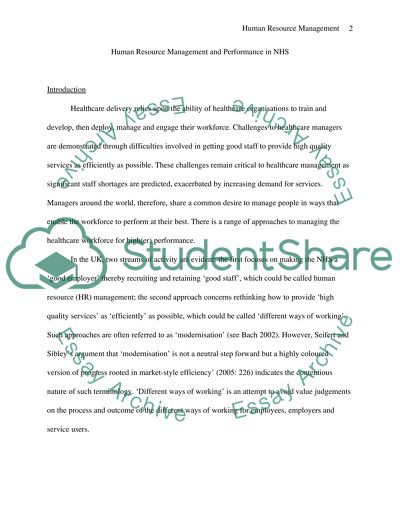Cite this document
(“Human resource management and performance in health care organisation- Essay”, n.d.)
Human resource management and performance in health care organisation- Essay. Retrieved from https://studentshare.org/miscellaneous/1544985-human-resource-management-and-performance-in-health-care-organisation-the-nhs
Human resource management and performance in health care organisation- Essay. Retrieved from https://studentshare.org/miscellaneous/1544985-human-resource-management-and-performance-in-health-care-organisation-the-nhs
(Human Resource Management and Performance in Health Care Organisation- Essay)
Human Resource Management and Performance in Health Care Organisation- Essay. https://studentshare.org/miscellaneous/1544985-human-resource-management-and-performance-in-health-care-organisation-the-nhs.
Human Resource Management and Performance in Health Care Organisation- Essay. https://studentshare.org/miscellaneous/1544985-human-resource-management-and-performance-in-health-care-organisation-the-nhs.
“Human Resource Management and Performance in Health Care Organisation- Essay”, n.d. https://studentshare.org/miscellaneous/1544985-human-resource-management-and-performance-in-health-care-organisation-the-nhs.


